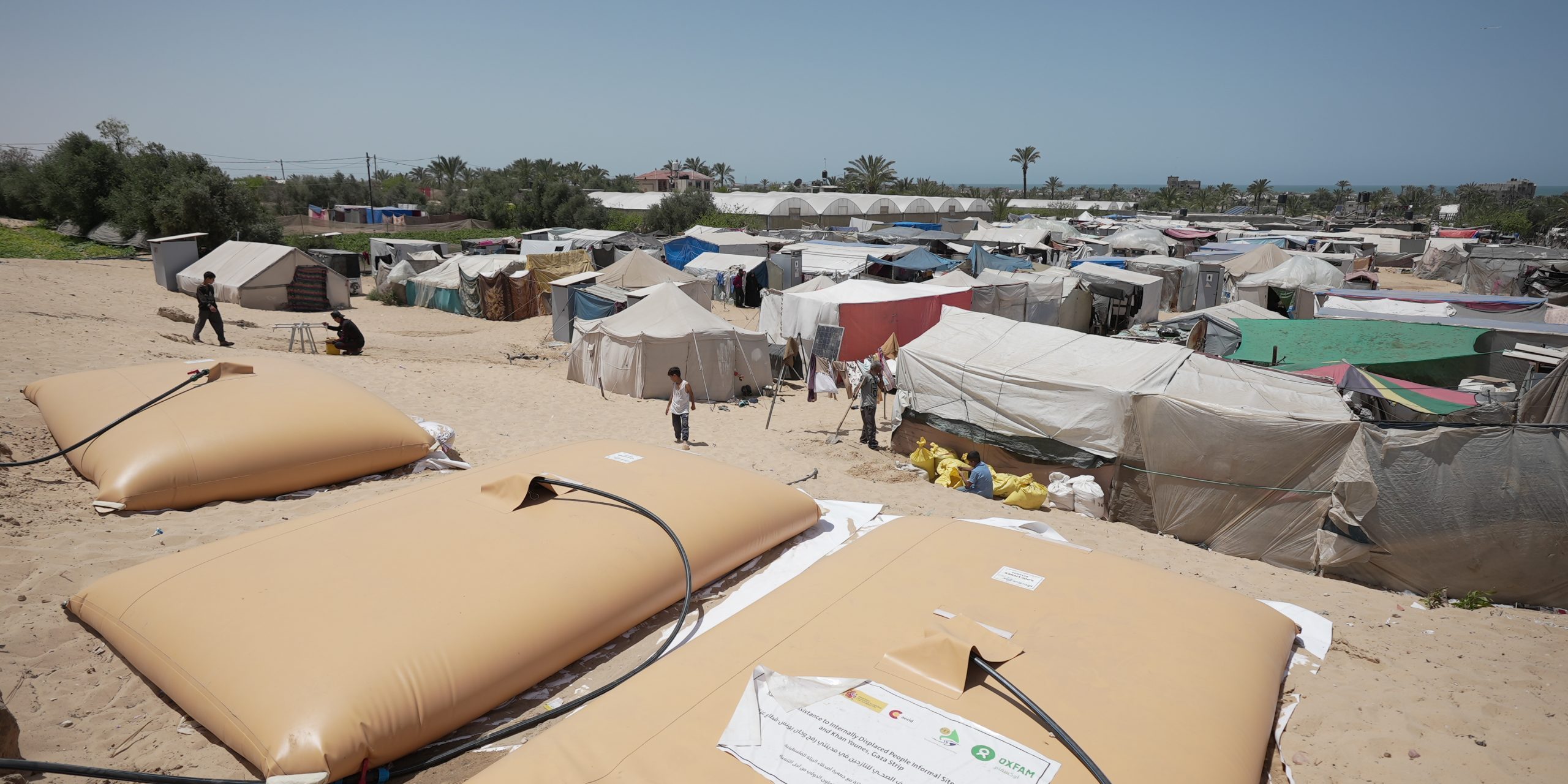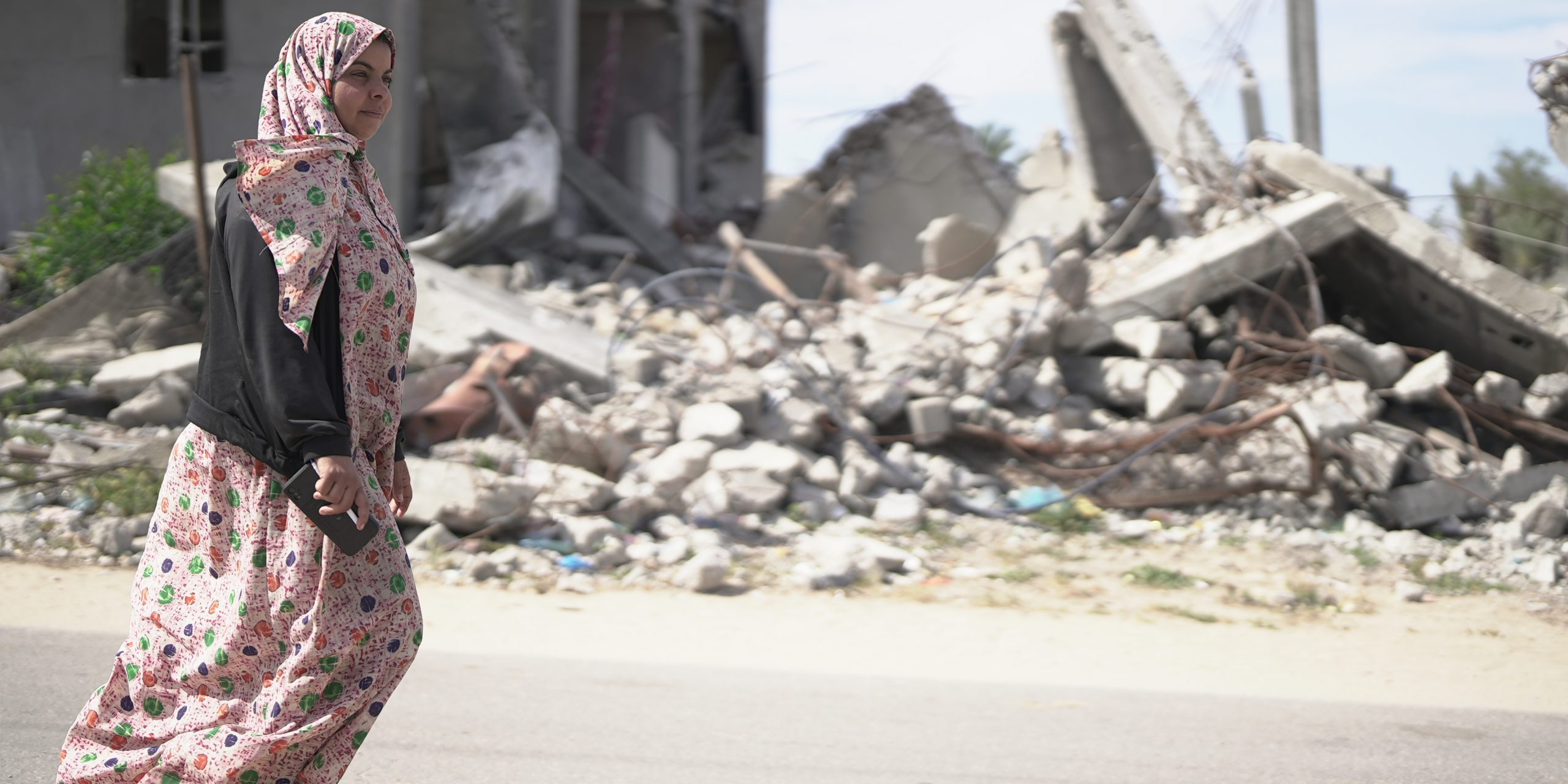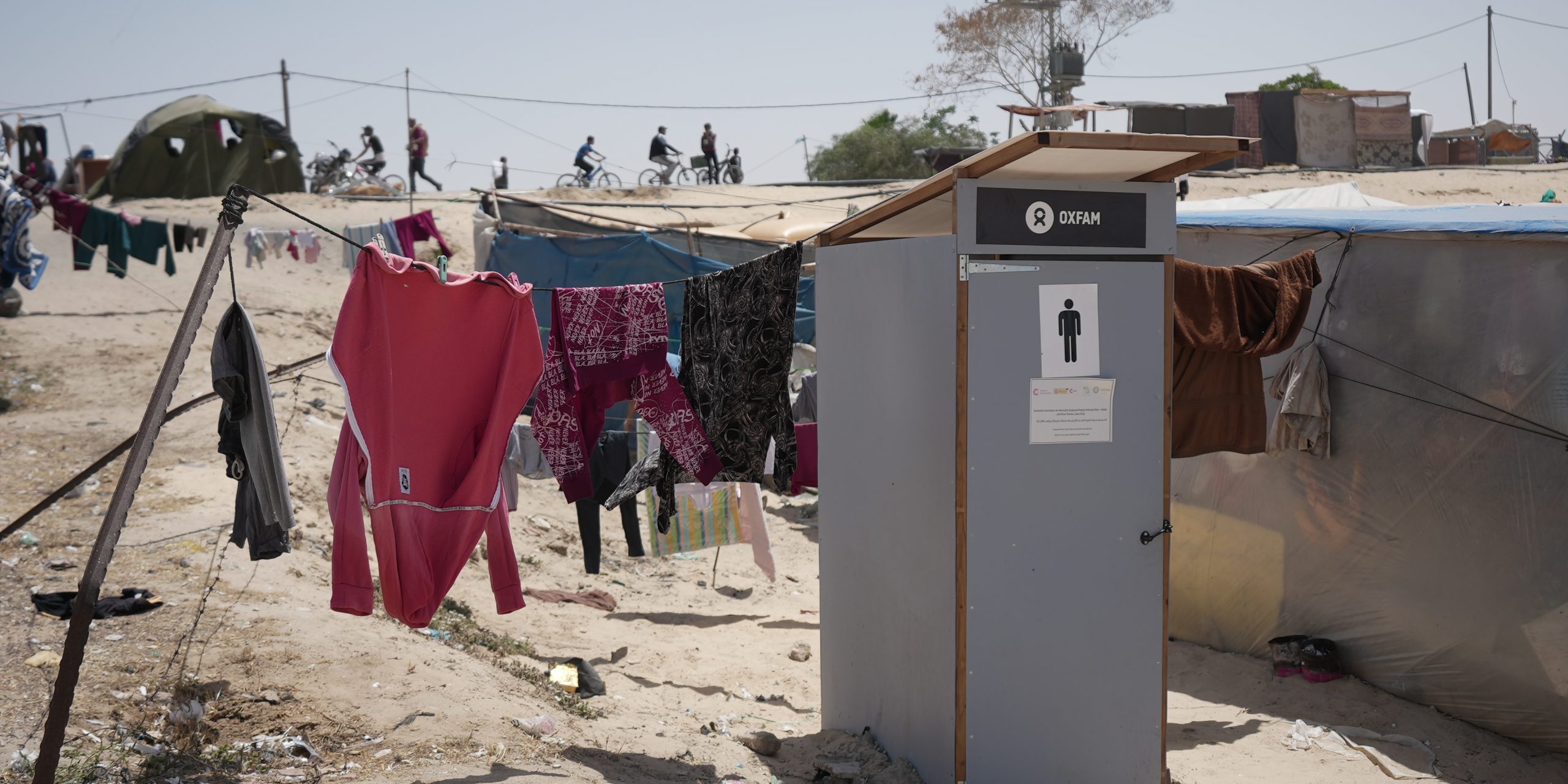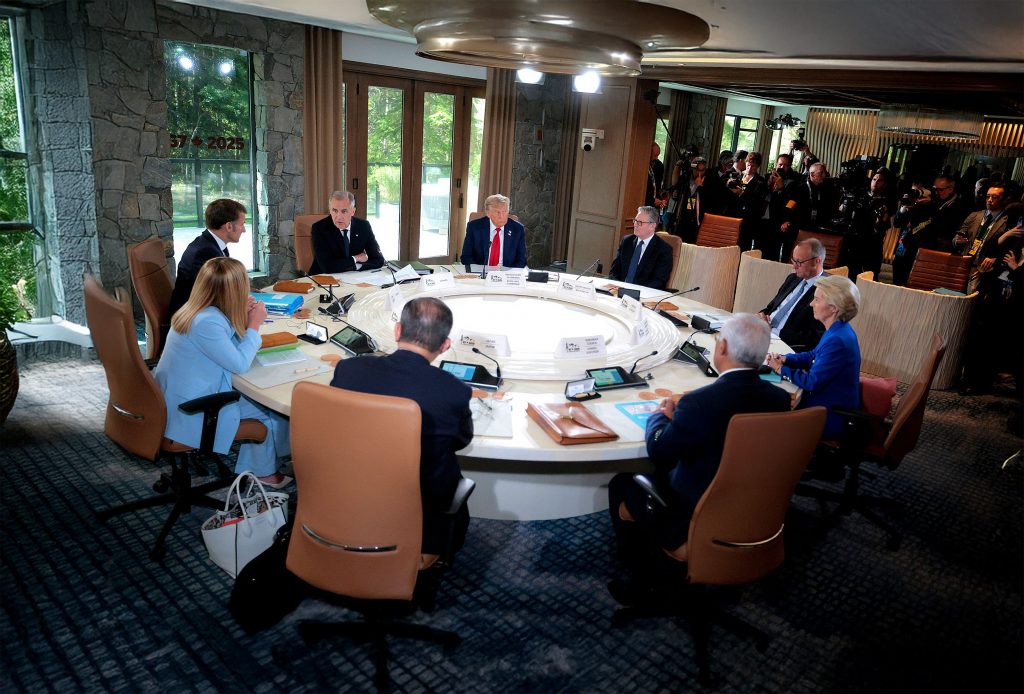Delivering Aid in Gaza: Your Questions Answered
After eight months of conflict, delivering aid to the 2.3 million Palestinians trapped in the Gaza Strip remains an insurmountable challenge. Alongside our efforts to advocate for a ceasefire, it also remains our top priority.
Why is delivering aid to Gaza so difficult, and why aren’t the “tactical pauses of military activity” announced by Israel earlier this week making it easier?
The answer is both simple and complex. As the occupying power, Israel is legally obligated to allow the entry of goods required to meet the basic needs of Gaza’s residents. In practice, however, Israeli authorities are restricting and delaying the supply of aid in myriad ways – to the point where people are starving to death while life-saving aid sits in trucks and warehouses just a couple of kilometers away on the other side of the border, waiting to be allowed in. Make no mistake: this deliberate hampering of humanitarian aid access is happening in full sight of the international community and in breach of international law.
The key challenge, of course, is that entering Gaza in the first place is virtually impossible. There are only two border crossings offering very limited access, including Israeli-imposed limits to the number of trucks being allowed entry each day. The Rafah border crossing from Egypt has been closed for weeks. Once in Gaza, distributing aid is challenging due to the danger of the ongoing armed conflict, the destruction of roads, the lack of fuel and electricity, and the communications blackout.
What you perhaps may not know about are the various other ways that Israel is deliberately preventing aid from entering Gaza. For example, by intentionally complicating the approval process, aid storage and transportation into Gaza. One such way is arbitrarily rejecting aid items that it considers “dual use,” that is to say, items that are civilian goods with potential military use; batteries, flashlights and medical supplies all fall into this category. One of our partners had a shipment including wheelchairs and hearing aids for children denied.
Sometimes, items that have been rejected are later given pre-approval, a few examples include tank and bladder kits and hand-washing stands. We also regularly wait on authorities to pre-approve materials like water testing kits, sterilisers, deionisation packs, pH sensors, photometers and turbidity tubes. This process usually takes two to three weeks, but in some cases, it takes months. Case in point, a vital shipment of vital water quality testing equipment purchased as part of our water project for Gaza has not been able to cross into Gaza since December. Authorities don’t always offer specific reasons for rejection, and there is a total lack of transparency in the approval process, which results in more delays, paperwork, and extra costs.

What is Oxfam’s response to “tactical” or “military pauses” like those currently in some areas of the Gaza Strip?
Any respite from bombing and increase of aid is welcome. However, tactical pauses are not a solution but another inadequate cosmetic adjustment in a constantly shifting environment for aid organizations. In addition, despite these pauses being announced, aid workers continue to face humiliation and threats at every step, and it is often unclear which zones are safe.
We want to be very clear: Israel must ensure the movement of aid within Gaza, including through checkpoints, is predictable and expedited. That means all roads need to be operational, fuel needs to be allowed to enter regularly, and communications equipment and logistical materials need to be allowed to enter and operate, all of which have long been denied by Israeli authorities.

If delivering aid to Gaza is so hard, why is Oxfam raising money for Gaza through appeals?
Delivering an adequate humanitarian response in Gaza is impossible. The basic needs of Palestinians in Gaza are overwhelming – water, sanitation, shelter, food, and, most urgent of all, safety. Despite the overwhelming challenges, our incredibly brave staff and partners have continued to provide urgent and essential support to 335,000 people in Gaza, including clean water and sanitation, shelter, food, healthcare services, hygiene kits and other essentials. Along with our partners, we have made cash and voucher distributions into Northern Gaza, distributed dignity kits and mother and baby kits, provided clean drinking water to more than 44,000 people in Rafah, and rehabilitated wastewater networks in Rafah. Donations received through our appeals are making this work possible.
At the same time, we have seen supply costs skyrocket. This is one of the most expensive aid situations we have ever faced. The lack of adequate supplies and the fact that supplies don’t always make it in and rot in warehouses and trucks have drastically increased prices.
While we continue to pressure world leaders to demand a ceasefire and deliver all the aid we can to Gaza, we are also preparing for an unprecedented humanitarian and development response as soon as a ceasefire is announced. We estimate that Oxfam will require more than 40 million USD to help rebuild the lives of Palestinians in Gaza. You can read more about our committed expenditure in our Gaza mission report, Aid Under Fire.
Oxfam has stood with Palestine for more than 60 years, and we will continue to do so for as long as its people face injustice and inequality.

What can you do to help?
This is a question we get a lot, and there is so much you can do.
1. Be loud for Gaza and ensure that the conflict stays alive in the social feeds and conversations of your friends and connections – for example, by sharing articles like this.
2. Write to Mélanie Joly demanding a halt to all transfers to Israel - and share widely!
3. If you can, donate to Oxfam. Your support enables us to continue advocating for people's right to life and justice in Gaza and beyond.

